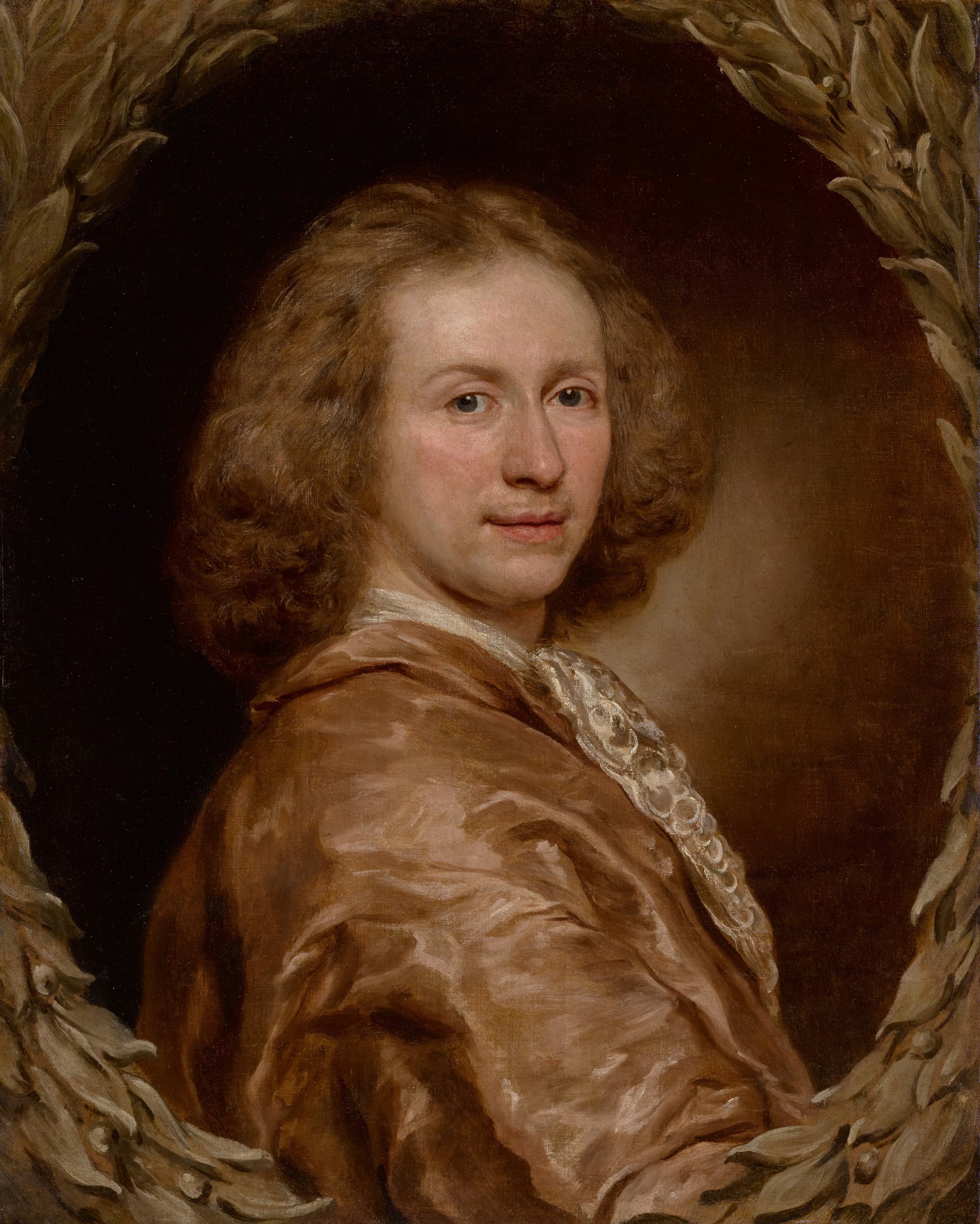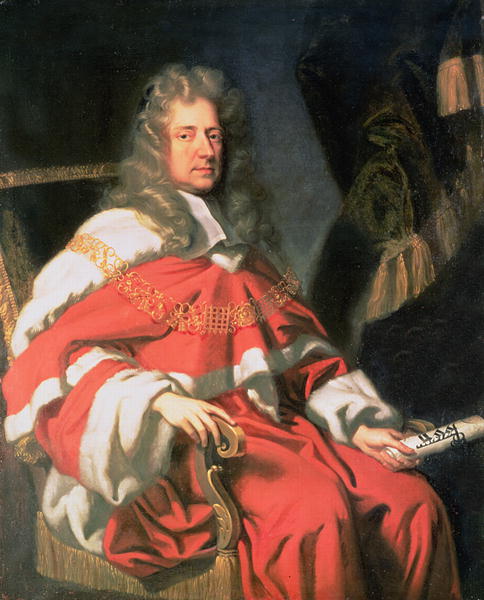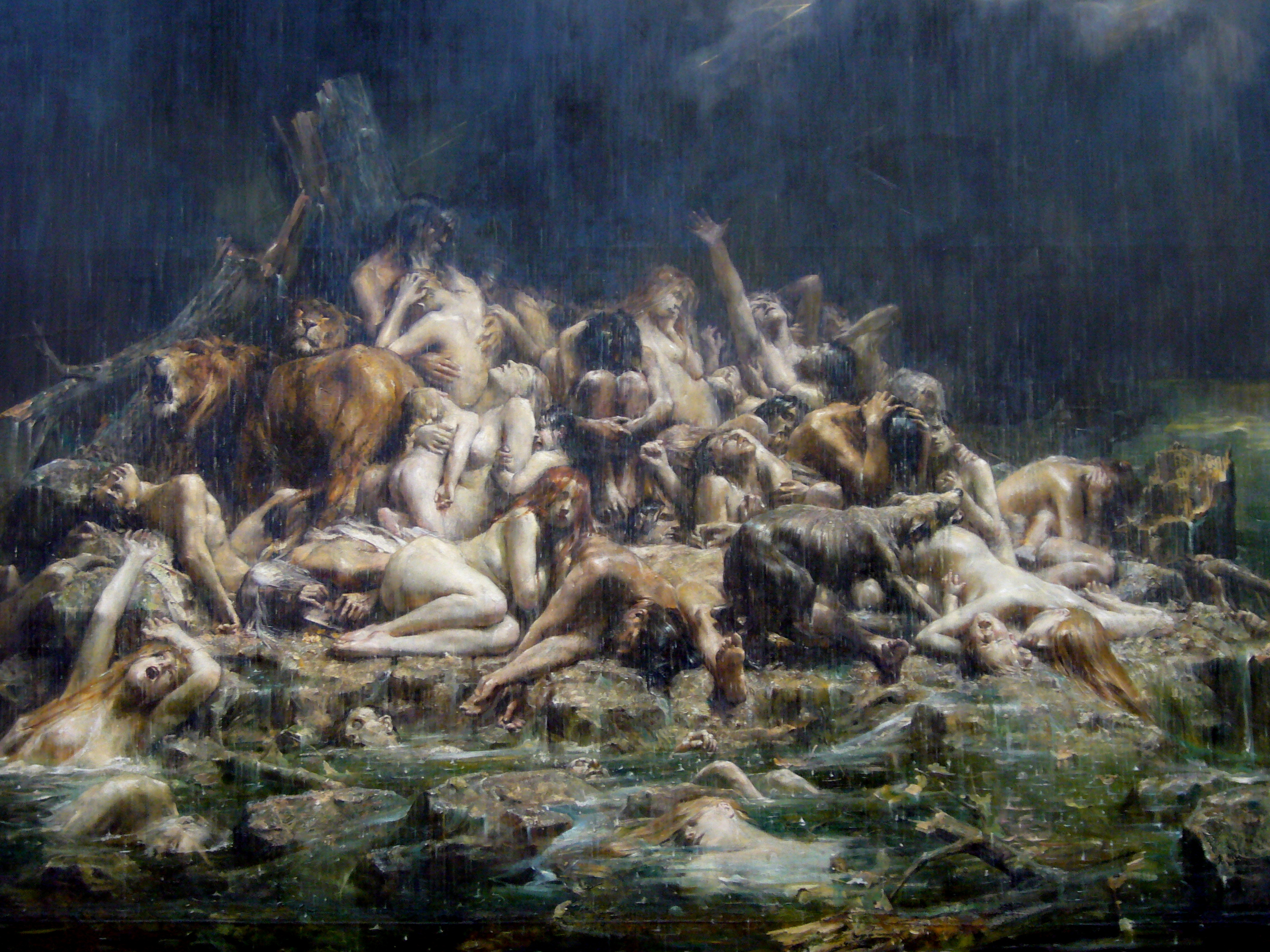|
Thomas Burnet
Thomas Burnet (c. 1635? – 27 September 1715) was an English theologian and writer on cosmogony. Life He was born at Croft near Darlington in 1635. After studying at Northallerton Grammar School under Thomas Smelt, he went to Clare College, Cambridge in 1651. There he was a pupil of John Tillotson. Ralph Cudworth, the Master of Clare, moved to Christ's College, Cambridge in 1654, and Burnet followed him. He became fellow of Christ's in 1657, M.A. in 1658, and was proctor in 1667.''Dictionary of National Biography'', Burnet, Thomas (1635?–1715), master of the Charterhouse, by Leslie Stephen. Published 1886. Burnet took employment travelling with Lord Wiltshire, son of Charles Paulet, 6th Marquess of Winchester, and through Tillotson as tutor to Lord Ossory, grandson of James Butler, 1st Duke of Ormonde. The influence of the Duke of Ormonde, one of the governors, secured his appointment in 1685 to the mastership of Charterhouse . Burnet took part in the resistance off ... [...More Info...] [...Related Items...] OR: [Wikipedia] [Google] [Baidu] |
Jacob Ferdinand Voet
Jacob Ferdinand Voet or Jakob Ferdinand Voet ( 163926 September 1689) was a Flemish portrait painter.Jacob Ferdinand Voet at the He had an international career that brought him to Italy and France, where he made portraits for an elite clientele. Voet is regarded as one of the best and most fashionable portrait painters of the High Baroque.Jacob Ferdinand Voet, ... [...More Info...] [...Related Items...] OR: [Wikipedia] [Google] [Baidu] |
George Jeffreys, 1st Baron Jeffreys
George Jeffreys, 1st Baron Jeffreys, PC (15 May 1645 – 18 April 1689), also known as "the Hanging Judge", was a Welsh judge. He became notable during the reign of King James II, rising to the position of Lord Chancellor (and serving as Lord High Steward in certain instances). His conduct as a judge was to enforce royal policy, resulting in a historical reputation for severity and bias. Early years and education Jeffreys was born at the family estate of Acton Hall, in Wrexham, in North Wales, the sixth son of John and Margaret Jeffreys. His grandfather, John Jeffreys (died 1622), had been Chief Justice of the Anglesey circuit of the Great Sessions. His father, also John Jeffreys (1608–1691), was a Royalist during the English Civil War, but was reconciled to the Commonwealth and served as High Sheriff of Denbighshire in 1655. His brothers were people of note. Thomas, later Sir Thomas (knighted in 1686), was the English Consul in Spain and a Knight of Alcá ... [...More Info...] [...Related Items...] OR: [Wikipedia] [Google] [Baidu] |
Principia Philosophiae
''Principles of Philosophy'' ( la, Principia Philosophiae) is a book by René Descartes. In essence, it is a synthesis of the '' Discourse on Method'' and ''Meditations on First Philosophy''.Guy Durandin, ''Les Principes de la Philosophie. Introduction et notes'', Librairie Philosophique J. Vrin, Paris, 1970. It was written in Latin, published in 1644 and dedicated to Elisabeth of Bohemia, with whom Descartes had a long-standing friendship. A French version (''Les Principes de la Philosophie'') followed in 1647. The book sets forth the principles of nature—the Laws of Physics—as Descartes viewed them. Most notably, it set forth the principle that in the absence of external forces, an object's motion will be uniform and in a straight line. Newton borrowed this principle from Descartes and included it in his own '' Principia''; to this day, it is still generally referred to as Newton's First Law of Motion. The book was primarily intended to replace the Aristotelian curricu ... [...More Info...] [...Related Items...] OR: [Wikipedia] [Google] [Baidu] |
Cosmogony
Cosmogony is any model concerning the origin of the cosmos or the universe. Overview Scientific theories In astronomy, cosmogony refers to the study of the origin of particular astrophysical objects or systems, and is most commonly used in reference to the origin of the universe, the Solar System, or the Earth–Moon system. The prevalent physical cosmology, cosmological scientific theory, model of the early development of the universe is the Big Bang theory. Sean M. Carroll, who specializes in Physical cosmology, theoretical cosmology and Field (physics), field theory, explains two competing explanations for the origins of the Gravitational singularity, singularity, which is the center of a space in which a characteristic is limitless. (One example of a singularity is the singularity of a black hole, where gravity becomes infinite.) It is generally accepted that the universe began at a point of singularity. When the singularity of the universe started to expand, the Big ... [...More Info...] [...Related Items...] OR: [Wikipedia] [Google] [Baidu] |
Noah's Flood
The Genesis flood narrative (chapters 6–9 of the Book of Genesis) is the Hebrew version of the universal flood myth. It tells of God's decision to return the universe to its pre- creation state of watery chaos and remake it through the microcosm of Noah's ark. The Book of Genesis was probably composed around the 5th century BCE, although some scholars believe that Primeval history (chapters 1–11), including the flood narrative, may have been composed and added as late as the 3rd century BCE. It draws on two sources, called the Priestly source and the non-Priestly or Yahwist, and although many of its details are contradictory, the story forms a unified whole. A global flood as described in this myth is inconsistent with the physical findings of geology, paleontology, and the global distribution of species. A branch of creationism known as flood geology is a pseudoscientific attempt to argue that such a global flood actually occurred. Some Christians have preferred to int ... [...More Info...] [...Related Items...] OR: [Wikipedia] [Google] [Baidu] |
Hollow Earth
The Hollow Earth is a concept proposing that the planet Earth is entirely hollow or contains a substantial interior space. Notably suggested by Edmond Halley in the late 17th century, the notion was disproven, first tentatively by Pierre Bouguer in 1740, then definitively by Charles Hutton in his Schiehallion experiment around 1774. It was still occasionally defended through the mid-19th century, notably by John Cleves Symmes Jr. and Jeremiah N. Reynolds, but by this time it was part of popular pseudoscience and no longer a scientifically viable hypothesis. The concept of a hollow Earth still recurs in folklore and as a premise for subterranean fiction, a subgenre of adventure fiction. Mythology In ancient times, the concept of a subterranean land inside the Earth appeared in mythology, folklore and legends. The idea of subterranean realms seemed arguable, and became intertwined with the concept of "places" of origin or afterlife, such as the Greek underworld, the Nordic ... [...More Info...] [...Related Items...] OR: [Wikipedia] [Google] [Baidu] |
Latin
Latin (, or , ) is a classical language belonging to the Italic branch of the Indo-European languages. Latin was originally a dialect spoken in the lower Tiber area (then known as Latium) around present-day Rome, but through the power of the Roman Republic it became the dominant language in the Italian region and subsequently throughout the Roman Empire. Even after the fall of Western Rome, Latin remained the common language of international communication, science, scholarship and academia in Europe until well into the 18th century, when other regional vernaculars (including its own descendants, the Romance languages) supplanted it in common academic and political usage, and it eventually became a dead language in the modern linguistic definition. Latin is a highly inflected language, with three distinct genders (masculine, feminine, and neuter), six or seven noun cases (nominative, accusative, genitive, dative, ablative, and vocative), five declensions, four ... [...More Info...] [...Related Items...] OR: [Wikipedia] [Google] [Baidu] |
Telluris Theoria Sacra, Or Sacred Theory Of The Earth
Earth is the third planet from the Sun and the only astronomical object known to harbor life. While large volumes of water can be found throughout the Solar System, only Earth sustains liquid surface water. About 71% of Earth's surface is made up of the ocean, dwarfing Earth's polar ice, lakes, and rivers. The remaining 29% of Earth's surface is land, consisting of continents and islands. Earth's surface layer is formed of several slowly moving tectonic plates, which interact to produce mountain ranges, volcanoes, and earthquakes. Earth's liquid outer core generates the magnetic field that shapes the magnetosphere of the Earth, deflecting destructive solar winds. The atmosphere of the Earth consists mostly of nitrogen and oxygen. Greenhouse gases in the atmosphere like carbon dioxide (CO2) trap a part of the energy from the Sun close to the surface. Water vapor is widely present in the atmosphere and forms clouds that cover most of the planet. More solar energy is r ... [...More Info...] [...Related Items...] OR: [Wikipedia] [Google] [Baidu] |
William III Of England
William III (William Henry; ; 4 November 16508 March 1702), also widely known as William of Orange, was the sovereign Prince of Orange from birth, Stadtholder of Holland, Zeeland, Utrecht, Guelders, and Overijssel in the Dutch Republic from the 1670s, and King of England, Ireland, and Scotland from 1689 until his death in 1702. As King of Scotland, he is known as William II. He is sometimes informally known as "King Billy" in Ireland and Scotland. His victory at the Battle of the Boyne in 1690 is commemorated by Unionists, who display orange colours in his honour. He ruled Britain alongside his wife and cousin, Queen Mary II, and popular histories usually refer to their reign as that of "William and Mary". William was the only child of William II, Prince of Orange, and Mary, Princess Royal, the daughter of King Charles I of England, Scotland, and Ireland. His father died a week before his birth, making William III the prince of Orange from birth. In 1677, he married h ... [...More Info...] [...Related Items...] OR: [Wikipedia] [Google] [Baidu] |
Clerk Of The Closet
The College of Chaplains of the Ecclesiastical Household of the Sovereign of the United Kingdom is under the Clerk of the Closet, an office dating from 1437. It is normally held by a diocesan bishop, who may, however, remain in office after leaving his see. The current Clerk is James Newcome, Bishop of Carlisle. The Clerk of the Closet is responsible for advising the Private Secretary to the Sovereign on the names for candidates to fill vacancies in the Roll of Chaplains to the Sovereign. He presents bishops for homage to the Sovereign, examines any theological books to be presented to the Sovereign, and preaches annually in the Chapel Royal, St James's Palace. He receives a salary of £7 a year. The Deputy Clerk of the Closet, an office dating from 1677, is the Domestic Chaplain to the Sovereign, and Sub- Dean of the Chapel Royal, and is the sole full-time clerical member of the Household. Other members of the royal family may also have their own Clerk of the Closet. Lis ... [...More Info...] [...Related Items...] OR: [Wikipedia] [Google] [Baidu] |







